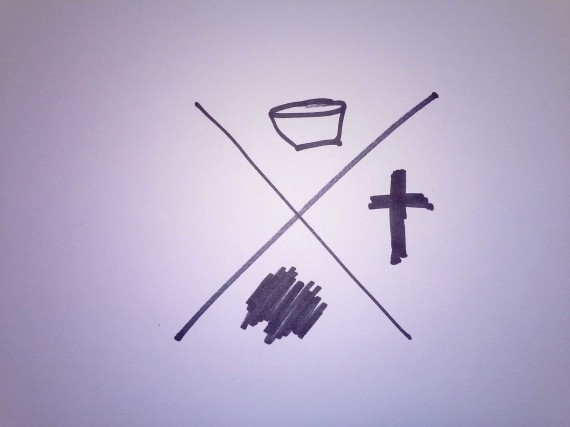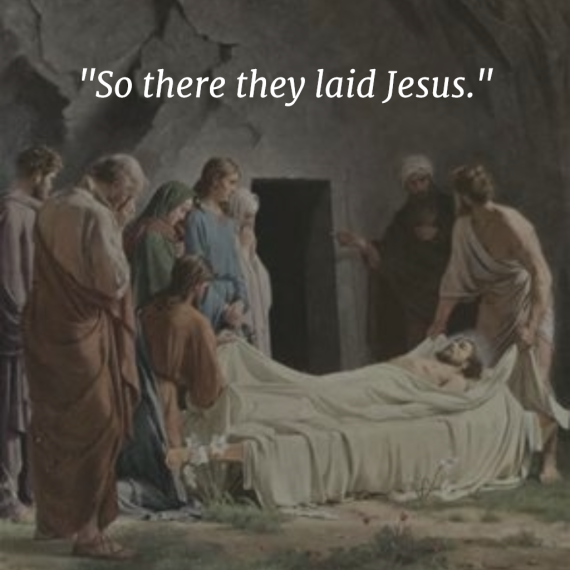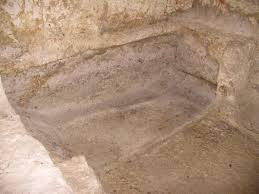A personal burial-like experience:
My career change from architecture to vocational ministry definitely went through a burial season. I can describe it on two levels: situational and spiritual. The situational level involved persevering through nine years of education. Concurrently, I was adjusting to being newly married and a drawn out trial that emerged from that (which I will share with you below). And after graduating from seminary I could not find a combination of (a) a church that wanted me, and (b) a church I felt I was supposed to serve as their pastor. It was depressing to be held at a standstill after such a long wait.
That leads me to the fact that the deeper work of those nine years at the marker of abiding was of a spiritual sort. Ironically, during my years of preparation for ministry I lost a lot of confidence in myself. Early on I thought I had the capacity to be pretty awesome in ministry, but by the time I graduated I was worn out mentally and spiritually. The Bible had been a text book for me for so long that I rarely enjoyed it as spiritual food. Consequently, I felt less secure in myself and more desperate for God to help me make it. My brain was crammed with more head knowledge than I could use, but my heart needed to be restored back to a first love for Christ. Was I abiding in Christ? I was immersed in facts about Him, but not doing a very good job of staying with Him. Christ was with me, abiding in me, holding on to me, even though I needed to come back to Him in my spirit.
Have you been through a kind of spiritual desert?


